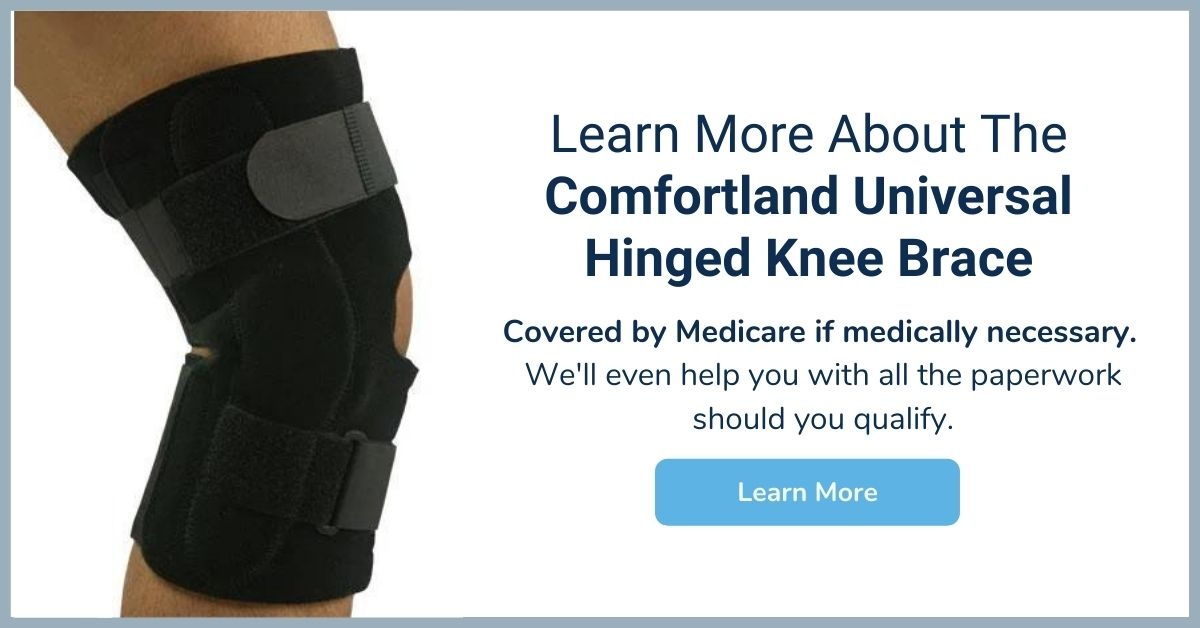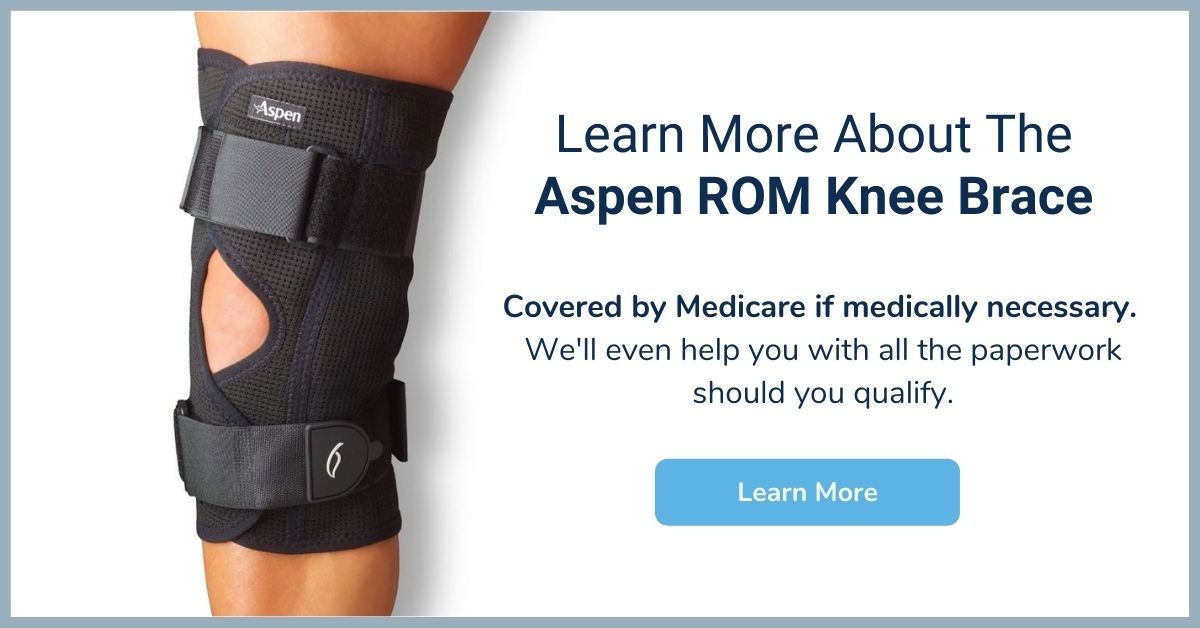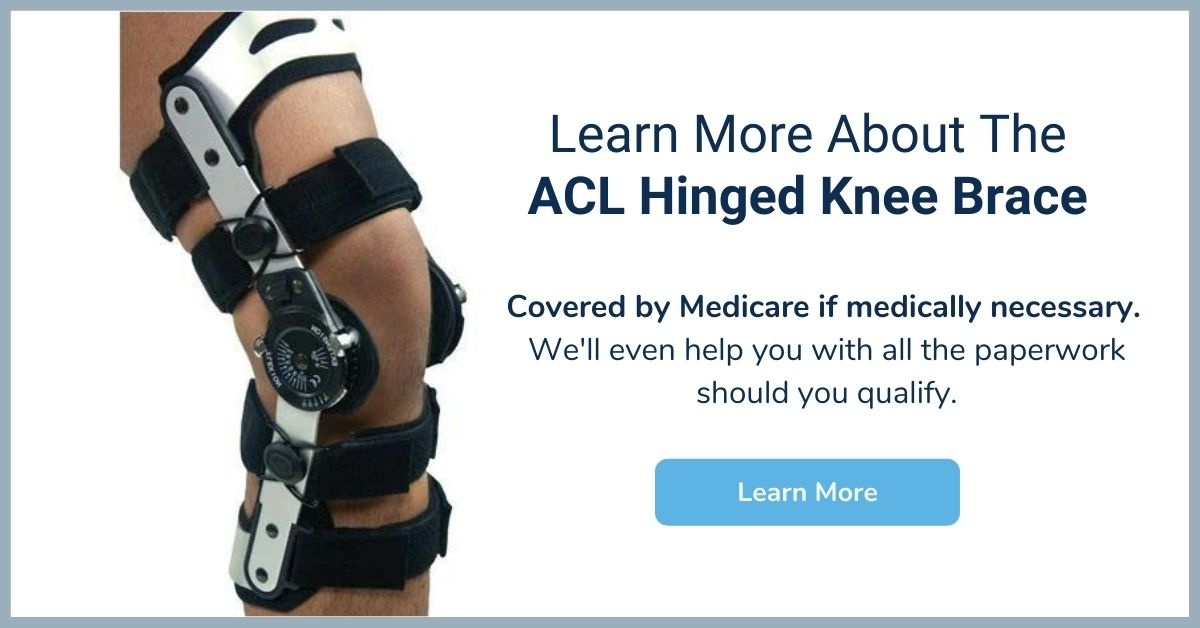Dealing with a Torn Meniscus? Symptoms, Treatment, and Recovery Recommendations
Every year, about 61 of every 100,000 people experience a tear to their meniscus. In addition, 60% of those over the age of 65, likely have some sort of degenerative damage to the meniscus whether diagnosed or not. To keep your knees in good working order, you'll want to learn to identify symptoms of a torn meniscus, seek out appropriate treatment when necessary, and take your recovery period seriously.
What Is a Torn Meniscus?
Your knee contains specialized structures, the lateral and medial menisci, which act as shock absorbers in this high-use joint. Tearing can occur when the knee is forcibly twisted or rotated too far.
Though a torn meniscus is one of the most common knee injuries, that doesn't mean it's an injury to take lightly. This type of injury may lead to osteoarthritis if left untreated. It's important that you seek a professional diagnosis if you suspect you may have suffered this type of knee injury.
.jpg?width=700&name=Elite%20Medical%20Knee%20(6).jpg)
How Is a Torn Meniscus Diagnosed?
A torn meniscus may demonstrate these symptoms:
- Pain
- Swelling
- Movement irregularities (including a "catch" or a "hitch")
- Difficulty bending or straightening the leg
If your doctor suspects that you have torn your meniscus, they'll likely begin by taking a basic medical history to rule out other potential contributing factors, and likely proceed to a physical examination.
During the physical exam, the doctor may gently probe the knee to test for pain and inflammation. It's almost certain they'll perform McMurray's Test. A procedure designed specifically to identify meniscal tears.
[The] examiner holds the knee and palpates the joint line with one hand, thumb on one side and fingers on the other, whilst the other hand holds the sole of the foot and acts to support the limb and provide the required movement through range... the examiner can test the entire posterior horn to the middle segment of the meniscus. (Physiopedia)
While doctors perform this test, they're on the lookout for the following clues:
- Pain
- Snapping
- Audible clicking sounds
- "Locking"
Based on the findings, you may be diagnosed with a meniscal tear. Further tests such as X-rays and MRI’s may be ordered to better understand the damage to the knee.
What Are Some Treatment Options for a Torn Meniscus?
The treatment prescribed for a torn meniscus will depend on the nature of the injury. The longer and more extensive the tear, the more serious the treatment.
Nonsurgical Treatments
Milder meniscus injuries are often addressed with nonsurgical treatments including rest, ice, compression, and elevation (RICE). Additionally, anti-inflammatory medications may be prescribed to assist with the pain and swelling.
For a time, you may be asked to refrain from high-impact activities and/or wear a knee brace to support your knee as your meniscus heals. A knee brace, in combination with physical therapy and RICE, may be prescribed by your doctor as a recovery protocol.
Surgical Treatments
Large tears that create instability in the knee may need to be addressed through surgery. Though these operations are generally straightforward outpatient procedures, they do increase the length of your recovery.
You may require physical therapy to regain strength and flexibility, and you will likely wear a knee brace as you heal.
Taking Time to Heal
Taking time out for rest and recovery after an injury can be frustrating, and many people are tempted to rush their recoveries in an attempt to return to normalcy. It's important, however, that you take the time you need to heal.
Rest, recover, and keep your knee supported throughout the process with a high-quality knee brace.
Elite Medical Supply Can Help
If you're recovering from a torn meniscus and are looking for a good knee brace to help speed your healing, check out our premium products and browse our supply of high-quality knee braces.
For more information on our products, please feel free to contact us.
Written by Elite Medical Supply of NY
Braces and Products Covered by Medicare
Browse ProductsRecent Posts
- Spinal Decompression at Home: What It Is, How It Works, and Whether It’s Right for You
- Manage Osteoarthritis Progression With a Quality Knee Brace
- Product Highlight: Aspen Active™ P-TLSO
- Understanding Radiculopathy: Causes, Symptoms, & Treatment Options
- Alternatives to Back Surgery: What you Should Know
Topics
- Back Braces (39)
- Knee Braces (31)
- Medicare Beneficiaries (31)
- Pain (24)
- Non-Opioid (22)
- Medical Providers (19)
- Lower back pain (11)
- Product Highlight (11)
- Sciatica (11)
- Muscle Spasms (9)
- Decompression (8)
- Lumbago (8)
- Degenerative disc disease (6)
- Lumbar Spinal Stenosis (6)
- Spinal Stenosis (6)
- Working with your doctor (6)
- Fracture healing (5)
- Herniated Nucleus Pulposus (5)
- Bulging or herniated disc (4)
- Quadratus Lumborum Syndrome (4)
- SI Joint (4)
- SI Joint Dysfunction (4)
- Spondylolysis (4)
- Wrist Pain (4)
- Bone Growth Stimulator Therapy (3)
- Bone Growth Stimulators (3)
- Carpal Tunnel Syndrome (3)
- Neuromuscular Electrical Stimulation (NMES) (3)
- Unicompartmental Osteoarthritis (OA) (3)
- Wrist Brace (3)
- wrist tendinitis (3)
- Braces for Golf (2)
- Electrical Stimulation (2)
- Failed Spinal Fusion Syndrome (2)
- Kyphosis (2)
- Lumbar compression fractures (2)
- Radiculopathy (2)
- Spondylolisthesis (2)
- Supine Cervical Traction (2)
- Total Knee Replacement (2)
- Wrist Braces (2)
- Ambulatory Cervical Traction (1)
- Arthritis (1)
- Braces for skiing (1)
- Cervical Traction (1)
- De Quervain Syndrome (1)
- Digital DME Orders (1)
- Knee Brace Accessory (1)
- Knee Suspension Wrap (1)
- Knee brace support for skiing (1)
- Medicare Scam (1)
- Muscle Atrophy (1)
- PCL (1)
- Patellofemoral Pain Syndrome (1)
- TLSO (1)
- Ulnar Tendinitis (1)



